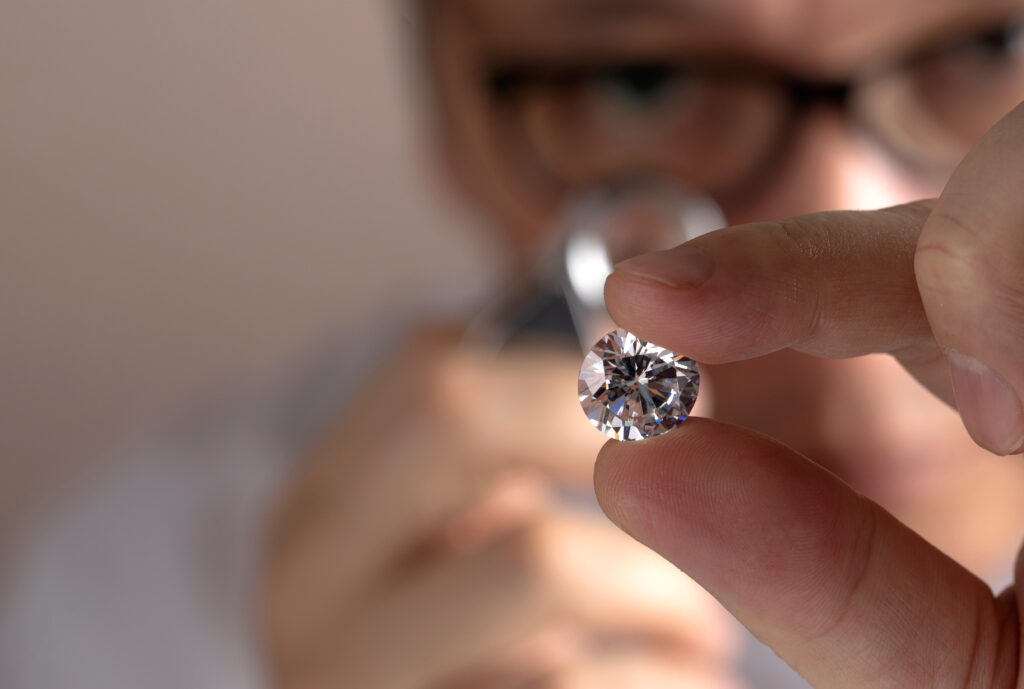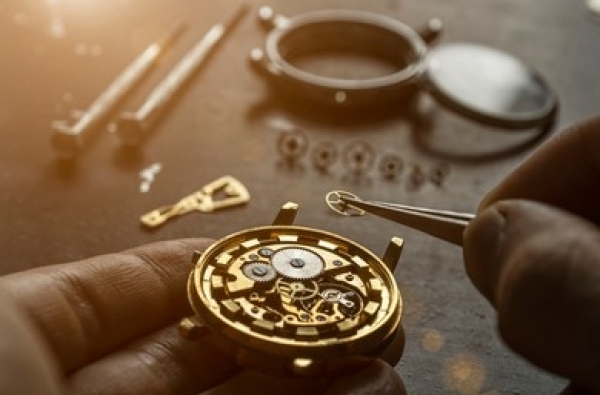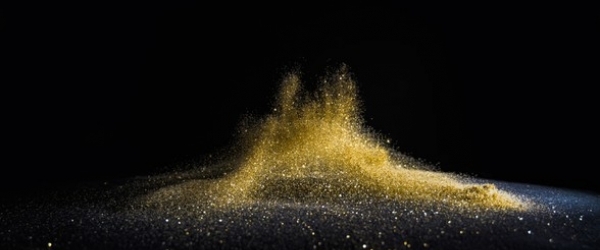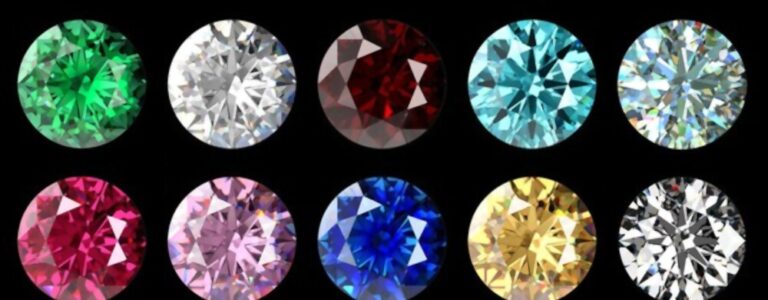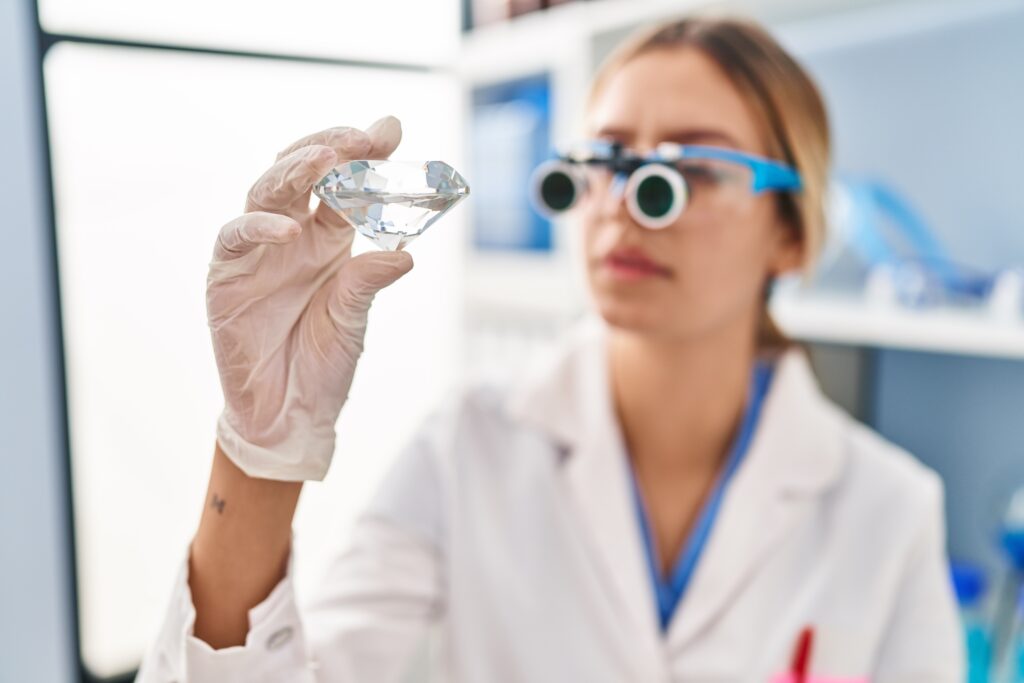
With the rise of the production and usage of lab-grown diamonds in the jewellery industry, one may start questioning how to differentiate between natural and synthetic diamond, is there anything you could rely on to be confident enough that the diamond is natural, are there any tricks, clues, equipment that could help in detecting both diamonds?
Unfortunately, it is not as easy as it may sound. The lab-grown diamonds have been developing for 75 years, diamond synthesis research began before 1800, but diamonds were not grown until the 1950s. As time passed by, the technology has not stood still and the techniques to grow a diamond have improved. Nowadays, diamonds can be made in predictable shapes and sizes, impurities and other aspects of quality.
The improvement of technology over these years has made it possible for a synthetic diamond to be “identical” to the natural one. It has the same physical, chemical and optical properties as natural diamond. Looking at both stones with an unaided eye, it is impossible to tell the difference between them. What is even more worrying is that looking under the microscope with the power of 10x, you might not be able to tell the difference. That is the level of perfection the technology has reached.
When it comes to identifying whether the diamond is lab-grown or natural, there are several diamond characteristics you could rely on. First and foremost, the lab-grown diamond should have an inscription on it, which states “Laboratory-Grown.” However, this is not always the case; therefore, the absence of the inscription does not confirm that the diamond is natural.
There are two ways of growing a diamond:
1. High Pressure High Temperature method (HPHT);
2. Chemical Vapour Deposition method (CVD).
To detect an HPHT lab-grown diamond here is what you could rely on:
- Metallic inclusions which can be attracted to a strong magnet. However, this is rare these days due to technological improvement.
- Surface-reaching inclusions such as feathers and chips, but can also be found in natural diamonds.
- Checking for UV Luminescence can help in detection as well. Natural diamonds in the D-Z colour range usually fluoresce with the blue colour under longwave UV, and weaker yellow under shortwave UV. Whereas HPHT colourless diamonds fluoresce usually only under the shortwave with greenish-yellow to yellow colours.
To detect CVD lab-grown diamonds:
- Often very high clarity.
- Graphic inclusions of non-diamond carbon.
- When looking under the UV Luminescence they usually do not show any fluorescence, but if they do it is in yellow or orange colours.
Nevertheless, it is important to keep in mind that only 25%-35% of natural diamonds fluoresce blue, therefore one should not rely only on this method to detect the origin of a diamond.
It is worth noting that the HPHT diamonds are usually of a worse clarity, thus they are being CVD treated to reach the highest possible clarity. Diamonds that do not have any clarity characteristics, such as inclusions and blemishes are worth to be tested in the laboratory if you are not sure whether it is natural or lab-grown one because the perfect clear diamond rarely forms in nature.
Despite all of the difficulties of being able to detect the origin of a diamond, there is a gem testing device that relies on spectroscopy. It gives a result in two seconds and is a tool that is widely used in the industry these days.
To sum up, it does not make any harm to ask your retail to examine the diamond for you and the more detection equipment they hold, the more confident you can be in the origin of your diamond. Alternatively, you can always send your diamond to the laboratory for a full report on it.
